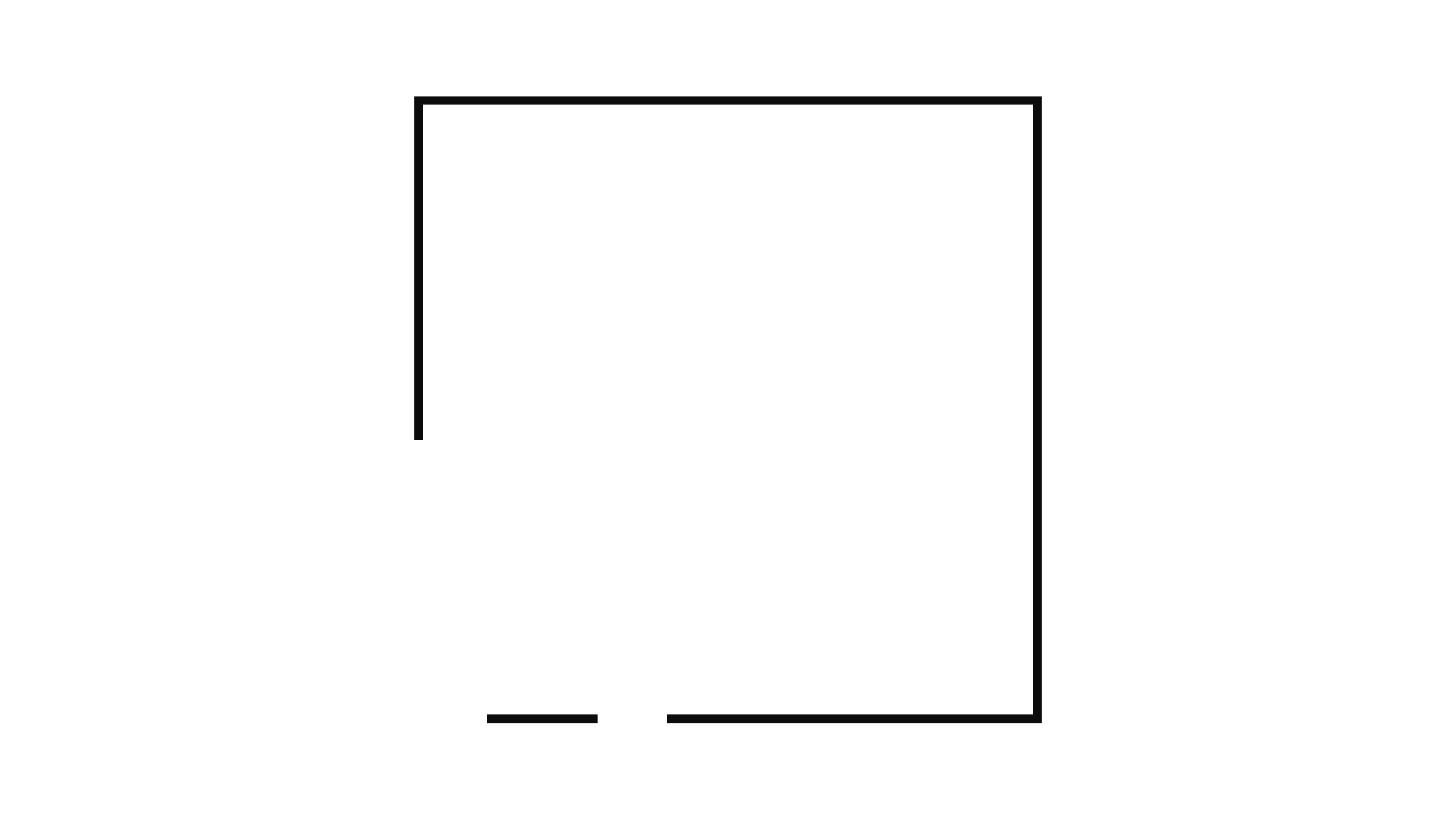Notes
1
Lao Tse, Tao Teh Ching (Harper Perennial, 2006).
2
Alejandro de la Sota used to claim that the best architecture is that which is not built.
3
Ana Sugranyes and Charlotte Mathivet, eds., Cities for All: Proposals and Experiences towards the Right to the City (Habitat International Coalition, 2010).
4
David Harvey, presentation at the World Social Forum, Belem, January 29, 2009.
5
These are aligned with the United Nations' Sustainable Development Objectives. See ➝.
© 2019 e-flux and the author
